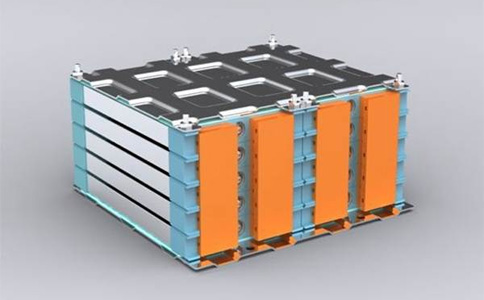What is the principle of electrolyte degradation of lithium battery explained by Zhongshan lithium battery manufacturer
If there is no side reaction in the electrolyte of lithium-ion battery, the lithium-ion battery can complete infinite cycles in theory. However, due to the fact that the conventional carbonate electrolyte is not stable on the surface of the positive and negative electrodes, the electrolyte will generate differentiation reaction on the surface of the positive and negative electrodes during the use process, resulting in the continuous decline of battery capacity.
There are many researches on the reaction of the electrolyte on the surface of the positive and negative electrode, but most of the experiments are carried out under the laboratory conditions. However, in practical use, the working state of lithium-ion battery is much more complex, such as short-term rapid acceleration, fast charging, long-term use and so on, which are the important reasons for electrolyte differentiation.
There are DMC, EMC and other solvent components in the electrolyte attenuation. These two solvents will produce transesterification reaction in use and generate Dec with similar structure, which is also the reason why we found a few Dec in most electrolytes (0.3-1.3%).

In addition to solvent differentiation reaction, LiPF6 in the electrolyte will also have differentiation reaction in lithium-ion batteries. Generally, we think that lithium salt differentiation is mainly due to the presence of trace water in the electrolyte. Generally speaking, the water content of commercial lithium-ion battery electrolyte is less than 20mg / L, but the water content of battery disassembled from electric vehicle is much higher than this value (995643113 and 290 mg L-1). The product pof3 of LiPF6 is differentiated under the action of water. Because of its high reactivity, pof3 only exists in part of the electrolyte, but pof3 in the electrolyte will further differentiate into DFP. Although DFP is a differentiated product of LiPF6, in fact, DFP can help to form a more stable SEI film, so as to improve the cycle performance of the battery. In the process of LiPF6 differentiation, a small number of HF was also formed, and HF eventually formed LIF in the negative electrode and became a part of SEI membrane.
In the process of LiPF6 differentiation, in addition to the above differentiation products, it will also react with the solvent in the electrolyte, and produce differentiation products with similar toxicity of organophosphorus poisons, such as dimethyl fluorophosphate (DMFP), diethyl fluorophosphate (DEFP), etc., while organophosphorus poisons can enter the human body through the skin, which means that in the process of disassembling and reusing the power battery, it is necessary to Pay special attention to the protection of relevant personnel to avoid excessive contact with electrolyte.
Article source: Zhongshan lithium battery manufacturer http://www.adultslearnenglish.org/
-
04-08
Analysis of Sun Yat Sen solar energy lithium battery
Solar street lamp is composed of solar panel, solar controller, battery group, light source, lamp pole and lamp shell. Solar battery is divided into lithium battery and gel battery. Lithium battery
-
04-08
Sun Yat Sen lithium battery manufacturer told us which is better, from the advantages and disadvantages of graphene battery or lithium battery?
Graphene battery was popular in the battery industry in the past few years, but it finally fell silent. The main stream battery in the market is still lithium battery. Which is better, graphene batt
-
04-08
Analysis on the method of shortening the formation time of lithium ion battery by Zhongshan lithium battery manufacturer
In the production process of lithium-ion batteries, the formation process of batteries is an important part of battery production. Generally, we need to complete the moistening and formation of lith